Interview by Silvia Iacovcich
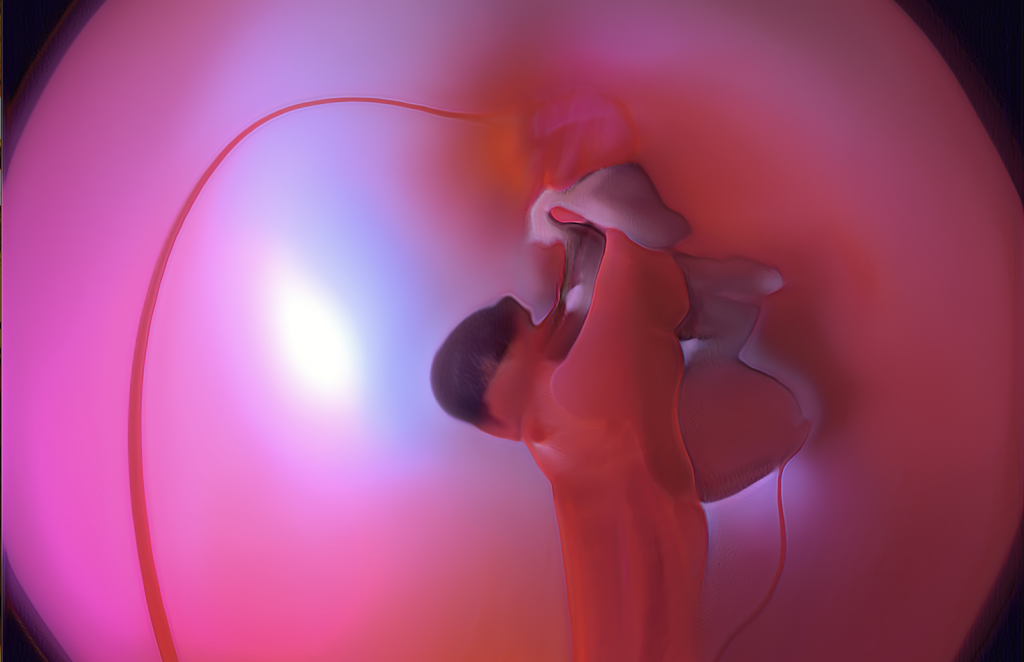
It’s no secret that, during the pandemic years, technology trends have modified our approach to the way we conceive our own identity. In an attempt to gratify an ever greater universe, fully sustained by digital users, AR and AI have filled the void in between digital and physical existence: altering our relationship with the image we disclose for an audience ‘on screen’ – and back to the real world – new archetypes of beauty have emerged, leaving room for multiple interpretations on how these new mechanisms are framing the way we interact with the external world.
Claudia Rafael is fascinated by the intersection of cybernetic and material systems: extended and mixed realities are tools she uses to experiment with beauty norms and aesthetic forms. While working on the beta version of the Facebook augmented reality platform Spark AR – in between dangling dog’s tongues and big starred-eyed faces – the artist embarked on her journey to discover how beauty diversifies and transforms, rather than conforms. Experimenting and altering parts of your appearance without the constraints of what’s biologically plausible or even acceptable, you can simply create infinite versions of your digital self.
A.I. Beauty Portraits grew around those concepts: each portrait is an investigation that revolves around a series of altered singularities, an evolution of beauty in progress. Collaborating with college artist Mat Mailand, Claudia shows us how traditional norms have become a more adaptable and flexible vision – where AI forces its own evolution. Each portrait showcases a metamorphosis of modulating colours, then dissolving into physical traits that outline and define an individual. A transmutation where the idea of ‘self’ is continuously growing and expanding.
Claudia’s consideration of beauty (as she mentions in our interview) encapsulates the formula – beauty equals otherness; the idea came after a conversation with futurologist Ludwig Engels – perpetuating the idea that AI has the ability to let us elaborate our identity the way we envision it – both biologically and theoretically. Her Beauty Editorials are indeed AI testimonies of how much we can, in fact, be inveigled by new technologies as much as by our physical selves.
In 2021, challenging the fierce pandemic years, Claudia and her collaborators gave birth to Newformat. Unifying skillsets and minds, the studio focuses on the interdisciplinary exchange between cultural and technological forces, making experimentation its manifesto and the promise of breaking new grounds the motto for constant research.
Claudia’s works have no limitations nor constraints – the way the artist operates aims at fully investigating the tools and land to new unpredictable sources for knowledge. That’s how Artificial intelligence transforms and dismantles: the artworks created for Innervisions are animated covers where procedural models based on mathematical formulas become more than alive, turning into a paradigm of destruction – and again, reminding us that change is the origin.

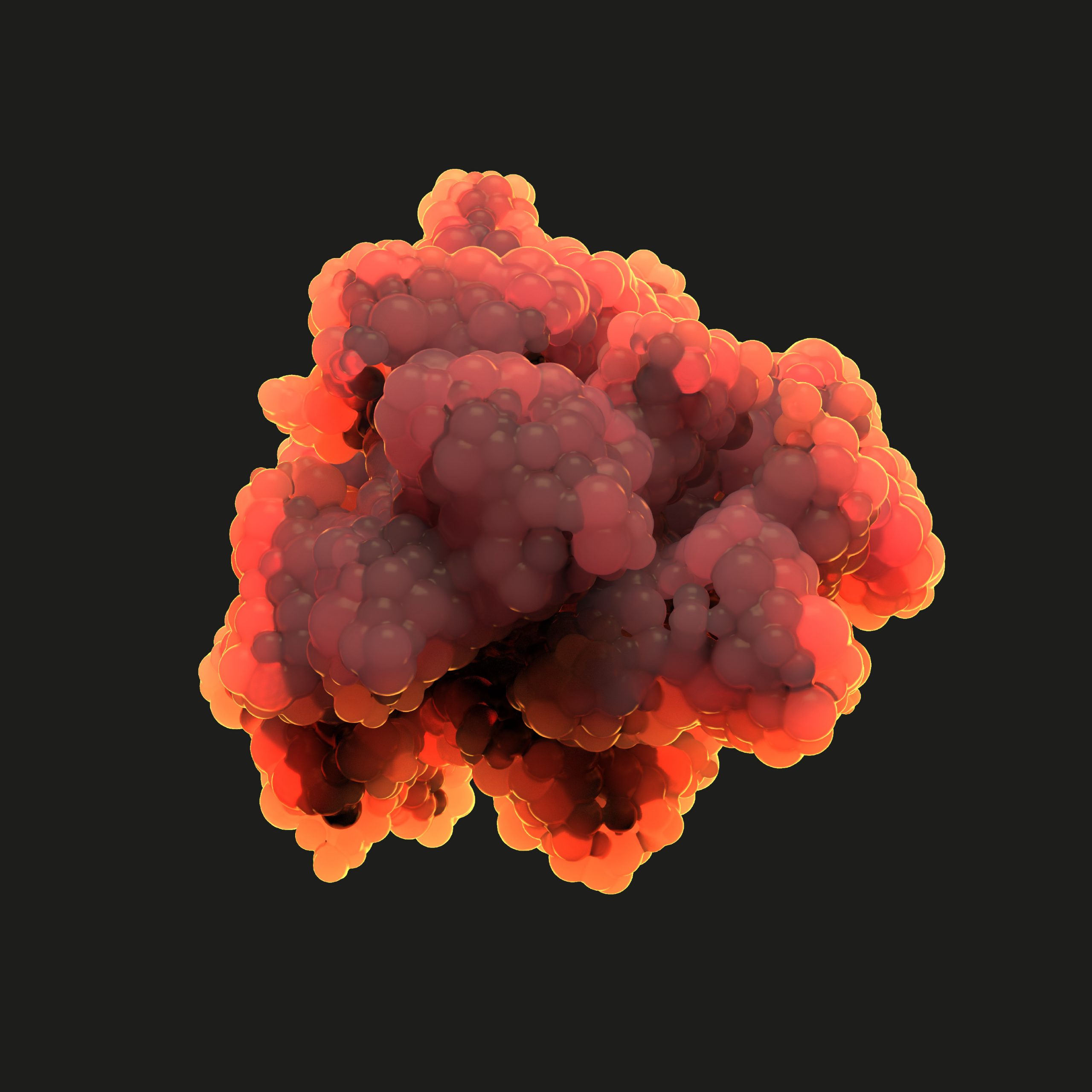
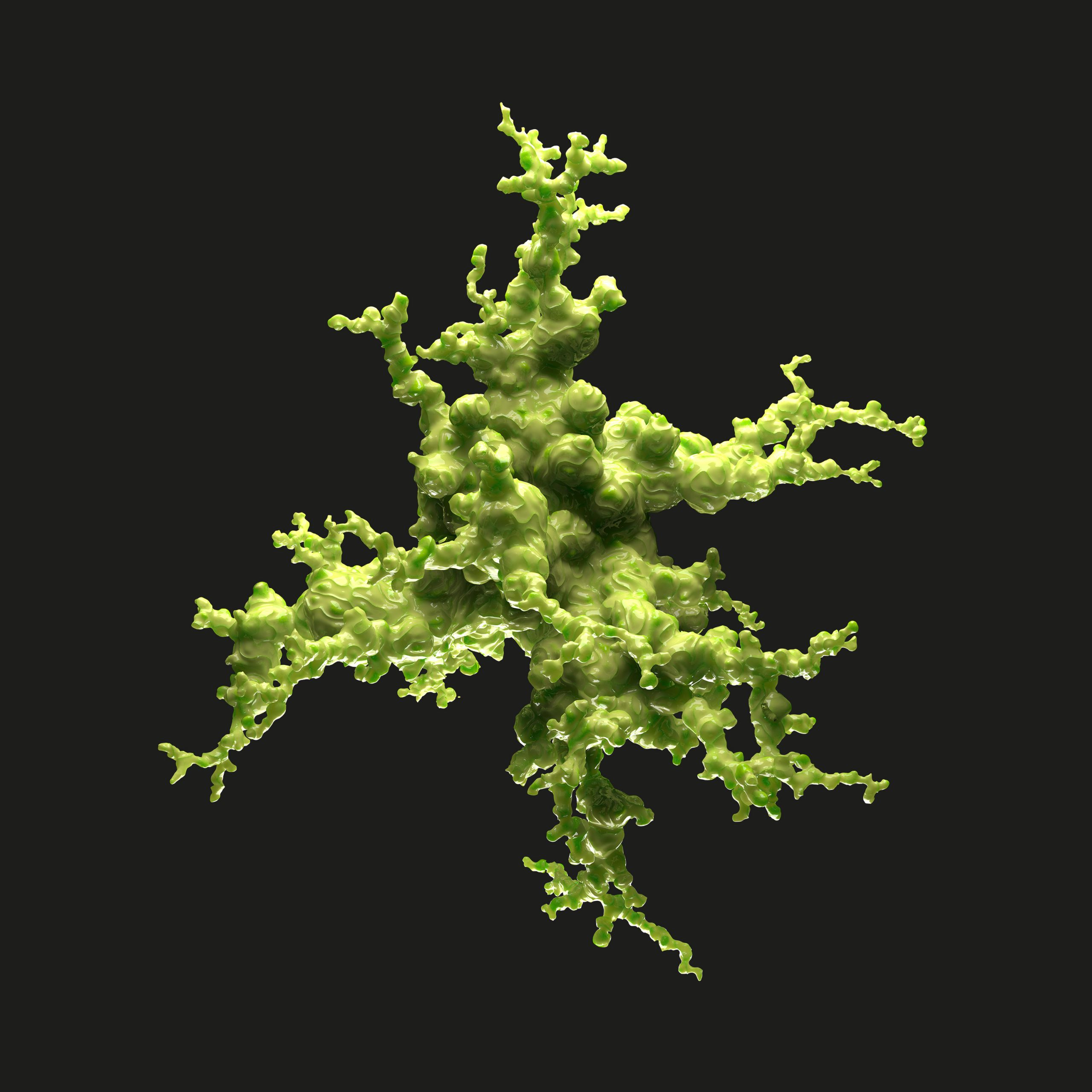
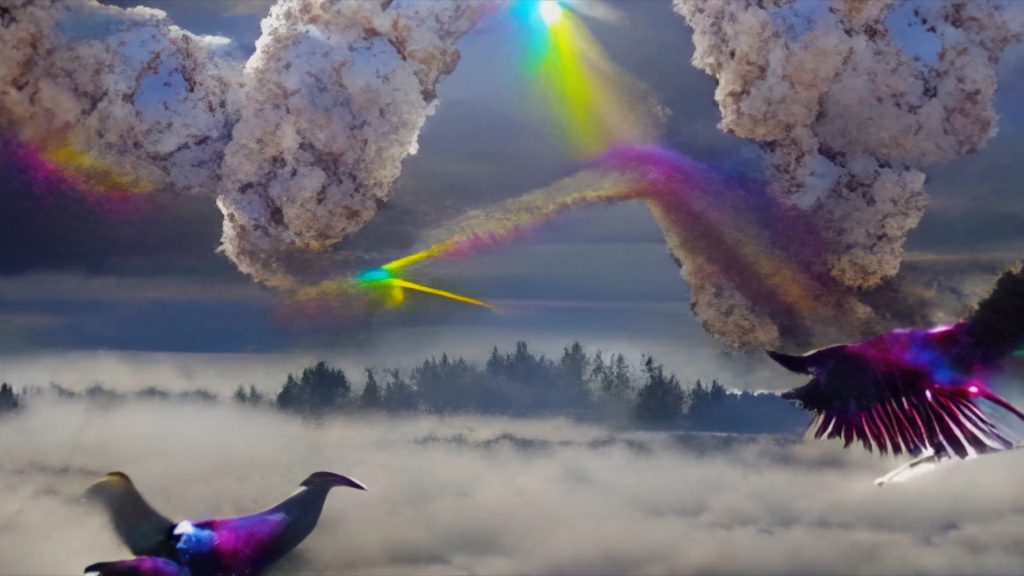
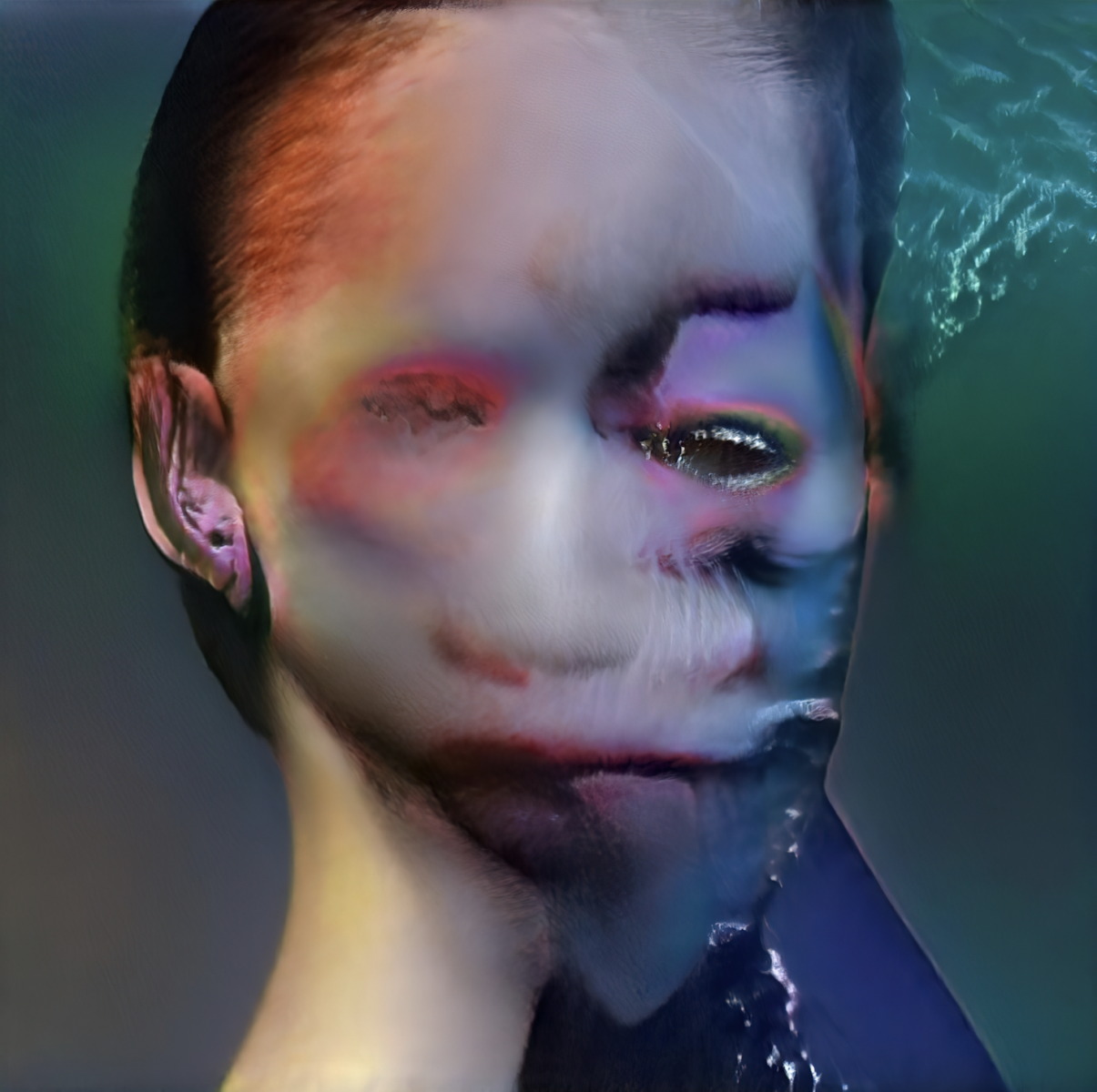

For our readers who might not be familiar with your work, could you tell us what triggered you into the exploration of AI and digital tools, and what is the purpose of your artistic work?
As a digital artist, my work focuses on issues of technology and extended and mixed realities. I’m interested in investigating how “digitalism forms new aesthetics” related to nature, art and popular culture.
When I encountered augmented reality, I learned that how we experience beauty in virtual realities influences us as much as experience beauty in the physical world. I was involved in the beta phase of Facebook’s augmented reality platform Spark AR, which gave me the chance to make my own filters. At that time, filters were usually like the dog filter and the funny ones. Suddenly you could radically alter parts of your appearance without the constraints of what’s biologically plausible. Alienation is used as a potential for distinction, thus turning socially normed otherness into a new way to create differentiated beauty.
Since then, I have also started experimenting with AI on Beauty Editorials I worked on, fascinated by StyleGAN’s interpretation of human faces and have made Al and AR fit with my practice rather than the other way around.
AI is a very exciting topic for me. The possibilities and development in this field are constantly growing. Driven by my curiosity about the latest digital innovations, I think it is essential to keep an eye on technological developments, engage with them, question them and use them at the right moment.
Especially with new digital tools that are nowadays more accessible than ever, you have the opportunity to experiment in ways that may have never been done before. There is often beauty and excitement in these moments of the unexpected or unpredictable.
You produced a series of animated covers for Innervisions, reproducing “explosions” of organisms and morphogenesis – it feels like the concept merges entirely with the musical cosmos made of heterogeneous sounds you can immerse yourself in at OFFSonar. How did you come across this idea, and were there any challenges during its development?
Over the last 15 years, Innervisions have started a new cover art collaboration every season. In 2020, out of Dixon’s interest in A.I. and machine learning, he felt the aesthetic of Pascal and me matched their thoughts for the new look and feel of their artwork season and how they wanted to represent the label for the time following.
The inspiration came from the polarization of growth and destruction, based on the technology of A.I. and ongoing exchanges between Innersvisons, us and procedural models based on mathematical formulas.
On the vinyl front covers IV 92 – IV 99, you’ll notice a growing object –each different for every record – that slowly eats through the vinyl back cover from release to release, ultimately destroying the Innervisions logo until all that’s left is a blank page–a starting point for new projects.
The IV 100 then turned fully white, like a new beginning.
Swallowing Tubes is a deep journey into sound and images – how did your collaboration with Robert Diez start and what is the concept behind the AI video you created along with Diez’s EP, Shnups?
Producer and sound designer Robert Dietz and I are close friends, we even live next door to each other. When Robert was thinking about visualizing the sounds of Schnups, his debut EP for Live At Robert Johnson, it was the perfect moment, as we have been wanting to do a project together for a while. Inspired by the dreamy pads and transcendent arpeggios of Robert’s track, I set my sights on the sky and used A.I., a text-to-image GAN, to create an infinite zoom through a lysergic landscape of heavenly bodies.
As I listened to the song, I tried to put my feelings into words and fed them to the A.I. It felt like flying through an otherworldly digitopia. The track has a certain beauty but also a rough counterpart. From these ideas, I defined the look, and the A.I. created these abstract shapes flying through an infinite zoom. Clouds, winds, trees and sky morph and shift into each other, refracted by technicolour light. Responding in kind to the track’s swells of synthesis, our infinite zoom through this landscape is occasionally interrupted, lurching the audience back to a macro view of a world built on top of the written response to the sounds.
A.I. Beauty Portraits is an investigation of how digital tools can transcend social norms on beauty and offer new possibilities of self imagination – did you start from the philosophical concept of beauty and then transfer it to artistic practices? Can you tell us more about your approach?
The two merged simultaneously. While fascinating working with AR, AI and Beauty Editorials and with this having the possibility to enable the relief of a new idea of beauty, I had the chance to exchange thoughts with futurologist Ludwig Engels.
We were investigating if today’s idea of beauty is different because of technology or if it’s still the same but just looks different. As our perception of the world is constantly expanded and altered by the digital tools we engage with to interact with others and our surroundings, not only our idea of the world but potentially the idea of ourselves changes with it.
We also explored the question of if our digitally enhanced lives differ in fundamental ways from our analogue selves. What are the crossover effects that inform our online and offline identities? And how does it change our perception of beauty—in others and in us?
We came up with the consideration that today’s beauty=otherness.
The socially accepted norm of “beauty” is being substituted by strategies to become different. Alienation is used as potential for distinction, thus turning socially normed otherness into a new way to create a differentiated beauty. Digital tools enable the relief of YOUR idea of beauty that lives in YOUR body and mind.
If one of your AI portraits could talk and ask you what they are, what would you answer?
I created these A.I. Beauty Portraits together with UK collage artist Mat Maitland, who, for me, is one of the pioneers to show the beauty in a very own new way. I am really fascinated, in particular, by how these Beauty portraits, which are fully created digitally, look so physical. They look like a painting, something very poetical and philosophical.
I really like that they are on the border between beauty and something that you might not know or is unseen, and they are polarising.
For me, they don’t need to speak, which leaves more room for personal interpretation.
In 2021 you co-founded NewFormat, a creative studio, embarking on a journey of collaborations across many different fields – from music to fashion, the list is long.
Before Newformat, we have known each other for quite some time and collaborated on many projects as freelancers. At the end of 2020, we decided to unify our skillsets and founded this studio together in the beginning of 2021. We believe we’re much stronger as a unit, and as digital art is also becoming more and more in demand, we built a team.
NewFormat is a creative studio and artist association focusing on interdisciplinary exchange within different artistic, cultural and technological forces in the context of contemporary disruption. Driven by audacious re-invention we believe in the act of experimentation as the foremost catalyst for a progressive vision with the power to break new ground.
We have a strong focus on fashion, music and art. We work with tools such as Artificial Intelligence, Digital Fashion and CGI, just to name a few. However, we’re always keen on experimenting with other media ranging from physical materials to virtual experiences.
How do you imagine the company in the next 10 years, and how are AI and digital media altering the relationship with the public?
On the one hand, A.I. takes work off our hands, such as rotoscoping or generating avatars; the possibilities for supporting processes with A.I. are endless.
On the other hand, we’ve been making art with it for over 2 years now and also generate the textures for our collection this way. We’re always on the lookout for new workflows, plugins and tricks that enrich our work. Just being aware that something exists that we may not have used before helps in developing projects and realizing ideas.
The future of our studio is rooted in our mindset, in our curiosity for new things and in the central position of experimentation. Nothing will change in our focus and identity, as the only constant changes. We work with these changes day by day, no matter what they look like. Despite all this, of course, we have visions, dreams and ideas that we want to implement, for example, to establish ourselves even more strongly as a fixed entity among the most innovative and avant-garde studios in Europe.
What is your vision as an artist about the relationship between creativity and AI? In the art field, somebody would say that AI is pushing us to reevaluate the very core of inventiveness and art, forced by the technical challenges and recent advances in the field of machine learning. How do you use AI to question narratives and aesthetics?
Many of my A.I. paintings are created with Style GAN 2 ADA. Style GAN is a novel generative adversarial network actually developed for reproducing data sets of imagery as accurately as possible. I like to use this tool in a very abstract or artistic way; it’s basically painting with code.
It always depends on HOW you use a tool. You, as the artist, are the person who guides it in the direction you want it to go.
Also, the part of experimentation is very important to me, and curation also comes into play when attempts go wrong, in the sense that they do not correspond to our first intention, but we have the feeling that there is something valuable about them that we do not yet understand. We often discover beauty and excitement in these moments of the unpredictable.
In general, I think that every new tool can not only change aesthetics but also simplify processes. If you think about the invention of printing or photography, for example, they have also created new aesthetics and opened up great new fields. Nevertheless, painting continues to exist parallel to this day. I don’t think that digital art will replace other art forms; each of them will exist in parallel
What is the chief enemy of creativity?
Compromises.
You couldn’t live without…
Experimenting, learning, growing.
Being curious.
Love + Sun.





